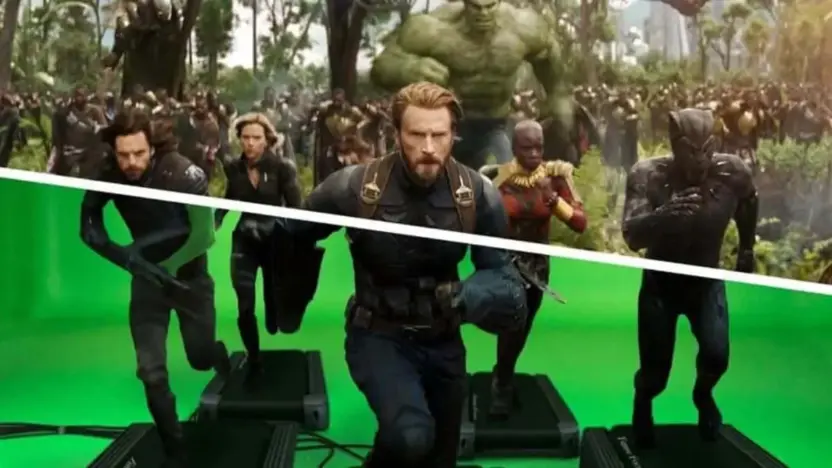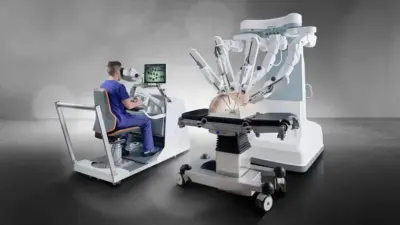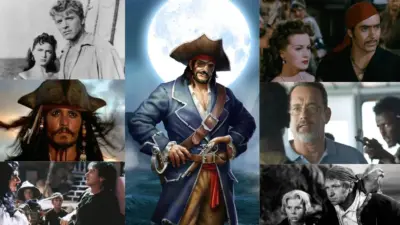In today’s cinematic landscape, it’s hard to imagine a blockbuster movie without the magic of Computer-Generated Imagery (CGI). CGI has transformed the way we experience films, taking us from mundane reality to the realms of imagination and beyond. In this blog, we embark on a journey through time, exploring the fascinating evolution of CGI technology in movies.
Evolution of CGI Technology In Movies
The Early Days of CGI
The Beginnings (1960s-1970s)
The roots of CGI can be traced back to the 1960s when computer graphics pioneers like Ivan Sutherland and his student Edwin Catmull laid the foundation for what would become CGI. Their early experiments paved the way for digital animation, although the process was laborious and time-consuming.
During this period, computer processing power was incredibly limited compared to today’s standards, requiring innovative techniques to create even the simplest of visual elements.
The concept of rendering a 3D environment was revolutionary, and it wasn’t until the late 1970s that advancements in hardware and algorithms began to accelerate the evolution of CGI. As technology progressed, it opened doors to new possibilities, sparking the imaginations of artists, filmmakers, and scientists alike, who envisioned a future where computers could generate stunning visuals that were once only possible in dreams.
First Notable Uses in Movies
It wasn’t until the late 1970s that CGI made its initial appearance in movies. Films like “Star Wars” and “Westworld” utilized computer-generated effects for futuristic displays and robotic characters, albeit in a earlier form. These glimpses of the future marked the potential of CGI in the entertainment industry.
These early experiments with CGI in the late 1970s sparked the imagination of filmmakers, paving the way for a gradual evolution of computer-generated imagery. While these initial attempts were relatively basic by today’s standards, they ignited a fascination with the possibilities of merging technology and storytelling, ultimately setting the stage for the revolutionary advancements that would follow in the decades ahead.
Limited Capabilities and Challenges
- Realistic textures, lighting, and complex movements were challenging for the technology.
- Fully CGI characters remained a distant dream due to technological constraints.
- Rendering CGI scenes required substantial computational power.
- Hardware limitations hindered the handling of calculations for lifelike simulations.
- Filmmakers and artists faced compromises between artistic vision and technical feasibility.
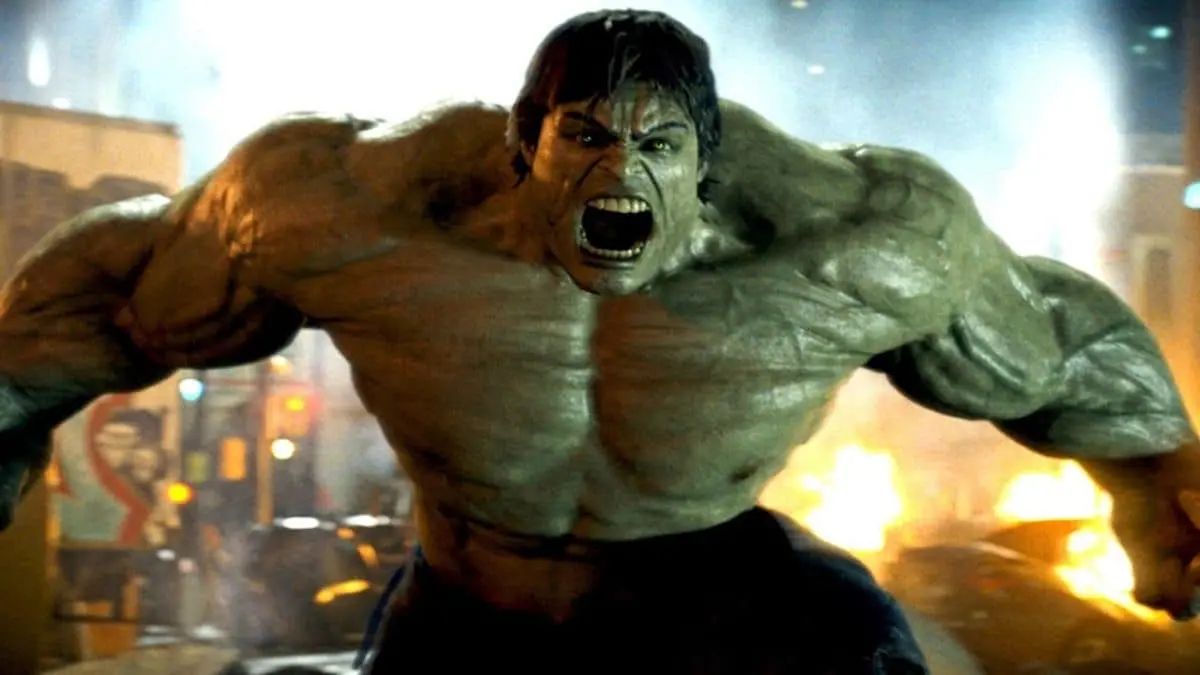
Milestones in CGI Advancement:
Breakthroughs in the 1980s
The 1980s saw pivotal advancements in CGI technology. Films like “Tron” (1982) demonstrated the potential for creating entire digital worlds, paving the way for more ambitious projects.
Additionally, the release of “The Last Starfighter” (1984) marked a milestone by incorporating CGI for realistic spaceship battles, showcasing the technology’s ability to enhance action sequences.
These successes spurred further research and development in the field, as creative minds and technology experts collaborated to push the boundaries of what CGI could achieve on the silver screen.
Emergence of Industrial Light & Magic (ILM)
George Lucas’s Industrial Light & Magic (ILM) played a crucial role in pushing CGI boundaries. The 1984 film “The Last Starfighter” introduced digital spaceships, setting the stage for ILM’s ground-breaking work on movies like “The Abyss” and “Terminator 2: Judgment Day.”
ILM’s impact on the evolution of CGI cannot be overstated. George Lucas’s visionary creation, Industrial Light & Magic (ILM), emerged as a pivotal force in pushing the boundaries of what CGI could achieve.
The watershed moment arrived in 1984 with “The Last Starfighter,” a film that showcased digital spaceships and ignited the industry’s imagination. This marked the beginning of ILM’s trailblazing journey, where they continued to reshape cinematic landscapes with iconic achievements like “The Abyss” and “Terminator 2: Judgment Day.”
These films not only demonstrated the transformative power of CGI but also cemented ILM’s reputation as a pioneering institution that propelled the art of visual effects into uncharted territories.
The 1990s: CGI Takes Center Stage
“Terminator 2: Judgment Day”
James Cameron’s “Terminator 2” (1991) showcased the liquid metal effects of the T-1000 Terminator, a ground-breaking achievement that earned the film an Academy Award for Visual Effects. This was a turning point, proving that CGI could seamlessly blend with live-action scenes.
“Jurassic Park” and the Age of Realistic Creatures
Steven Spielberg’s “Jurassic Park” (1993) set new standards by introducing lifelike dinosaurs through CGI. The film’s success marked a shift towards using CGI for creating realistic creatures and environmental elements.
Pixar’s Entry with “Toy Story”
In 1995, Pixar’s “Toy Story” made history as the first feature-length film entirely created with CGI. The charming characters and engaging storyline demonstrated the potential for CGI in storytelling.
Pushing Boundaries in Realism
Early 2000s: Photorealistic CGI
The 2000s witnessed the pursuit of photorealism in CGI. “The Lord of the Rings” trilogy (2001-2003) showcased epic battles and detailed landscapes, while “Spider-Man” (2002) swung into action with its superhero visuals.
Motion Capture and Character Realism
The introduction of motion capture technology elevated character realism. Andy Serkis’s portrayal of Gollum in “The Lord of the Rings” highlighted the potential of CGI in capturing nuanced performances. James Cameron’s “Avatar” (2009) raised the bar further with its immersive alien world and motion-captured Na’vi characters.
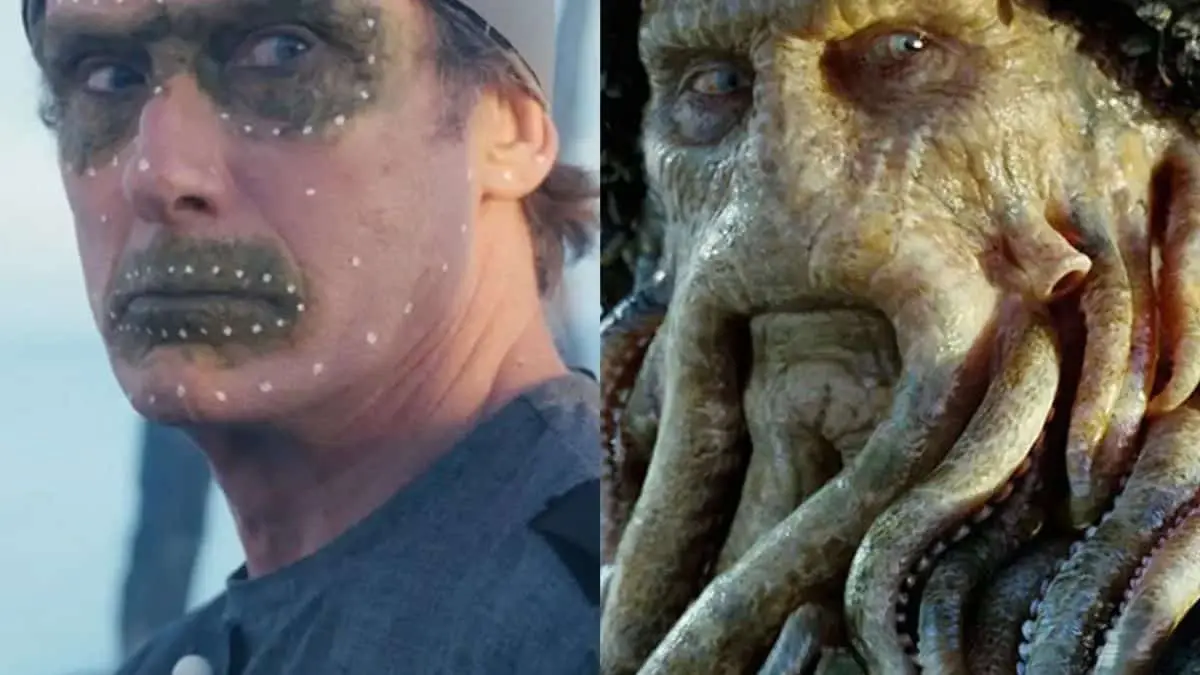
Blurring Reality: CGI in Modern Cinema
Integration of CGI and Live Action
Movies like “The Avengers” (2012) brought together multiple superhero characters seamlessly, while “The Jungle Book” (2016) blended live-action elements with photorealistic CGI animals.
Blockbusters Redefined
“Avengers: Infinity War” (2018) showcased CGI’s role in orchestrating grand battle sequences involving numerous characters and environments. Christopher Nolan’s “Interstellar” (2014) visualized space and wormholes with a level of realism previously unattainable.
Challenges and Future of CGI
- Balancing Realism and Artistry: As CGI continues to evolve, there’s an ongoing challenge of finding the balance between hyper-realism and artistic interpretation.
- The Impact of AI on CGI: Artificial Intelligence is expected to revolutionize CGI by automating certain processes and enhancing efficiency in creating complex visual effects.
- Predictions for the Future: The future of CGI promises even more breath-taking visuals, interactive experiences, and a continued melding of reality and imagination.
Also Read: 10 Reasons Why Artificial intelligence is becoming Popular Theme in Books and Movies
